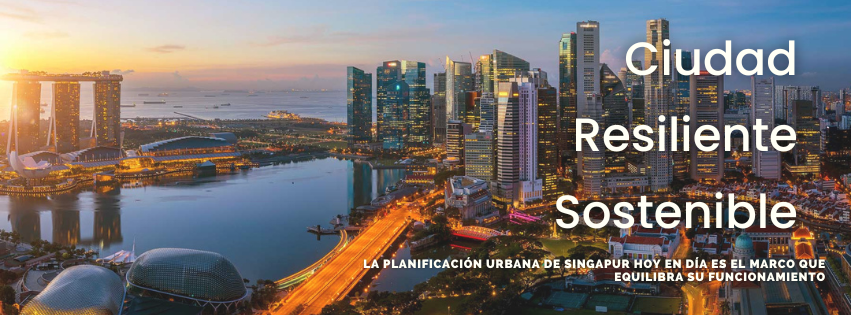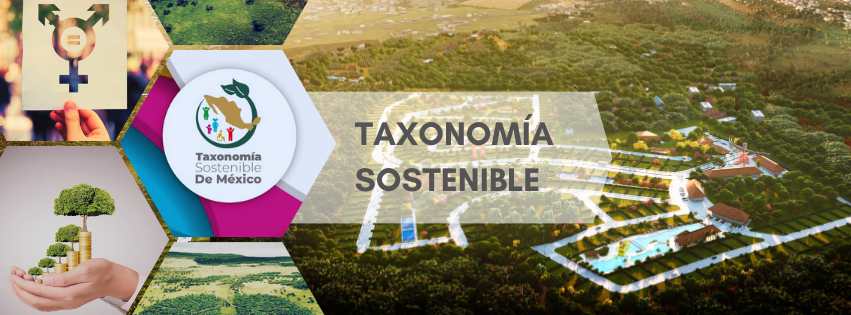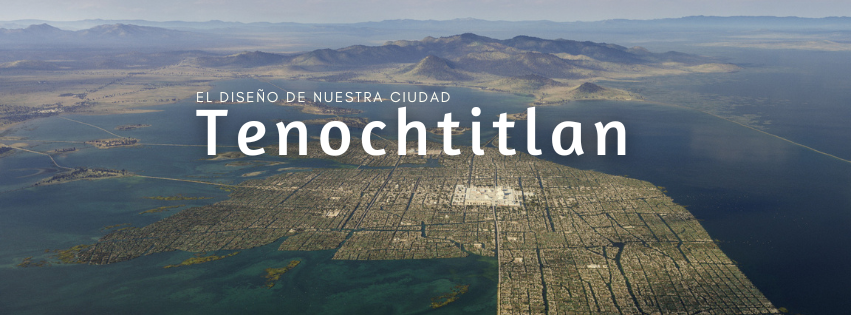
Sustainable urbanism in Singapore
Singapore is a benchmark in urban planning sustainable at the global level, as it is the country that has led to more efforts to counter climate change
It has an area of 716 miles and the inhabit 5.4 million people, as of today it is regarded as the garden City of Asia since more than 40% of its surface, it is green.
But... what is it due To the good reputation have a green?
Singapore is a city that was born in disarray and it was thanks to the work of the whole society, the leaders of their government, the knowledge and the experience that you have achieved an urban planning well ordered.
Sustainable Planning
The comprehensive planning is the adoption of a long-term approach, this adoption has the goal of balancing social situations, economic, and environmental concerns for achieving a system of sustainable development.
This planning has allowed Singapore to foresee situations that put at risk the country's sustainable development, such as scarcity of land, economic growth, needs of the population that have some impact with the nature.
Nowadays the design and decision making in the cities it has become as a complex process due to the climate change that has brought natural disasters and changes in ecosystems, and where citizens are demanding new forms of transportation, housing and interconnecting pathways.

Sustainable Urbanism
Due to the limitations of surface area of Singapore, the urban planning in a careful and strategic has given long-term outcome, in order to minimize or sustain the future growth and development of the country.
The innovation and the Compact Development of Urban High-Density have been solutions to optimize the earth.
Singapore is divided into zones according to their use (residential, commercial, hotel, business, educational, civic, medical, sports-recreational, agricultural, national parks, etc), which gives details of each of the areas and use it as a development instrument to improve the quality of life of the environment and the likely value of house property.
The design and construction of the city over the long term has allowed to predict situations and requirements of the population, because to obtain a city resilient and sustainable is the goal.
Compact development of Urban high density
To counter the limitation of natural resources of the island have been implemented:
- Bilateral agreements with other countries on strategic business initiatives that include the production of food, industrial expansion and the military development in the field of foreign
- The human capital to stimulate economic growth and to maintain the competitiveness of Singapore on the world stage.
The actions that it has taken Singapore are oriented in coordination with the Agenda 2030, punctually with the Sustainable Development Goal (SDGS) number 11 on Sustainable Cities and Communities.
Creating cities with high standards of energy efficiency in urban planning in Singapore has become a framework of action to balance the society, the economy and the environment.
Later we will talk about the Master Plan of 2019 (MP19) and Punggol in the first district smart Singapore.









